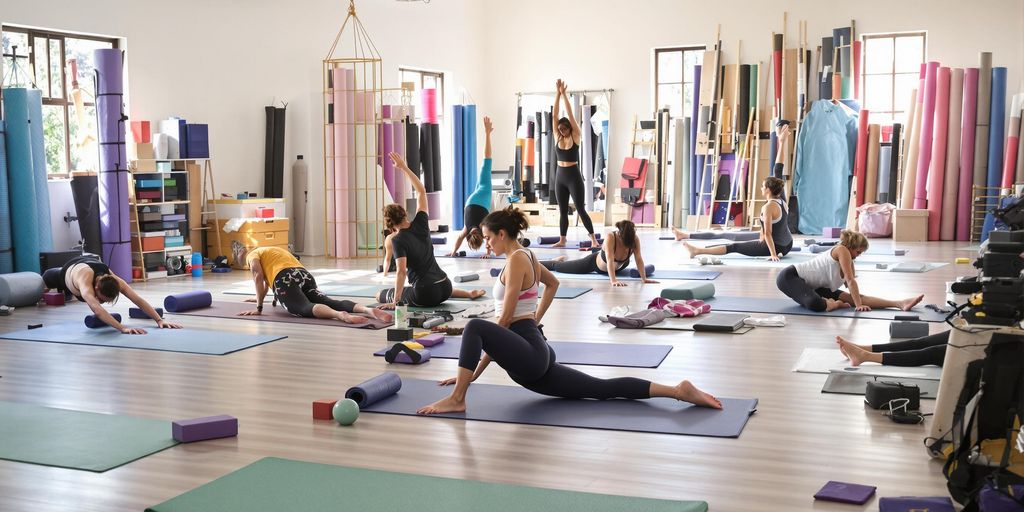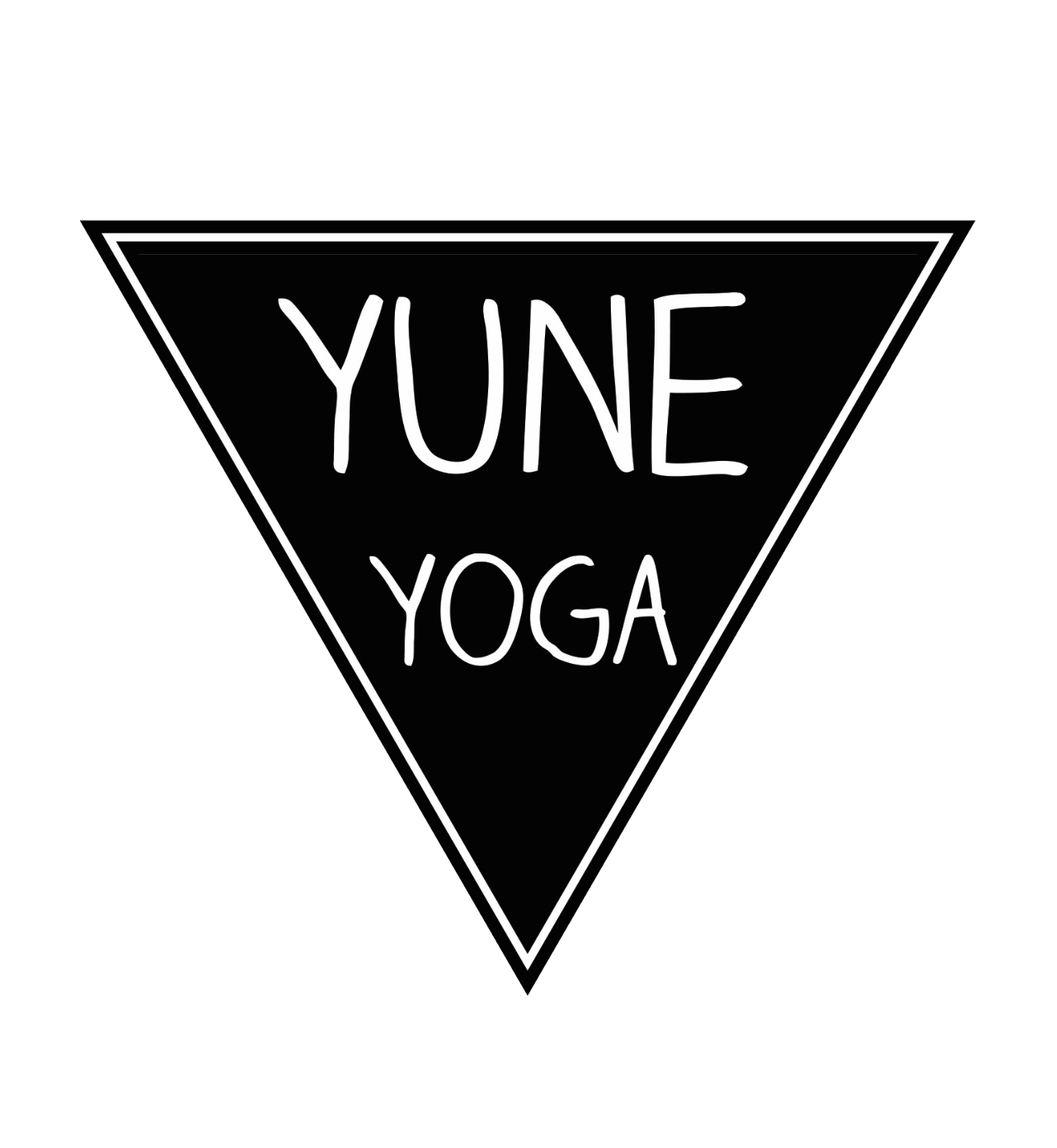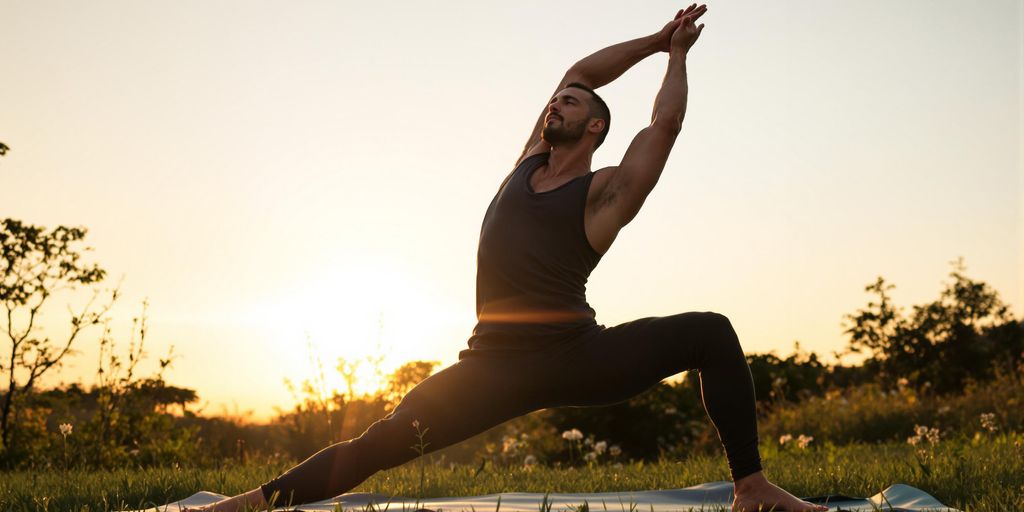
Exploring the Various Kinds of Yoga: A Comprehensive Guide to Finding Your Perfect Practice
Yoga can feel overwhelming when you’re just starting out. There are so many kinds of yoga, each with its own vibe, pace, and goals. Whether you’re into spiritual growth, physical fitness, or just looking to relax, there’s probably a style that’ll click with you. This guide breaks it all down, so you can figure out what works best for your body, mind, and lifestyle.
Key Takeaways
- Yoga blends physical movement, breathwork, and mindfulness to support overall well-being.
- Traditional yoga styles like Hatha and Kundalini focus on balance and energy.
- Modern yoga practices such as Vinyasa and Power Yoga bring creativity and intensity.
- Specialized yoga, like Restorative or Prenatal Yoga, caters to specific life stages or goals.
- Choosing the right kind of yoga depends on your personal needs, fitness level, and interests.
Understanding the Foundations of Yoga
The Philosophy Behind Yoga
Yoga isn’t just about bending and stretching—it’s rooted in a philosophy that seeks balance between the mind, body, and spirit. At its core is the idea of union, or "yoga," which connects us to ourselves and the world around us. The Yoga Sutras of Patanjali, a foundational text, outlines principles like non-violence (ahimsa), truthfulness, and self-discipline. These aren’t just lofty ideals; they’re meant to guide how we live both on and off the mat.
The Role of Breath and Movement
Breathing is the backbone of any yoga practice. Known as "pranayama," controlled breathing helps you stay present and deepen your connection to each pose. Pairing breath with movement turns yoga into a flowing meditation. For example:
- Inhale as you reach your arms up.
- Exhale as you fold forward.
- Inhale to lengthen your spine.
This rhythm not only calms the mind but also energizes the body. It’s a simple yet powerful way to sync your inner and outer worlds.
The Spiritual and Physical Connection
Yoga bridges the gap between the physical and the spiritual. While poses (asanas) build strength and flexibility, they also prepare the body for meditation. This balance is what makes yoga unique—it’s not just about fitness, but about finding peace and clarity. Think of your yoga mat as your personal space for exploration and growth. Whether you're holding a Warrior II pose or sitting quietly in meditation, the goal is the same: to feel grounded and connected.
Yoga is about showing up, breathing, and discovering what feels right for you. It’s not about perfection—it’s about presence.
If you're looking for a tool to enhance your practice, consider the Libra Yoga Mat by Yune Yoga. Its 6mm thickness offers the perfect balance of comfort and support, making every pose feel just right.
Traditional Kinds of Yoga Practices
Hatha Yoga: The Gentle Introduction
Hatha yoga is like the starting point for many yoga enthusiasts. It's all about balancing your body and mind through simple poses, breathing exercises, and meditation. This style is perfect for beginners because it moves at a slower pace and focuses on foundational postures. Think of it as learning the ABCs before diving into full-blown literature. Here’s what you can expect:
- A calm and steady pace.
- Basic poses that are easy to follow.
- A focus on breathing and relaxation techniques.
Ashtanga Yoga: A Structured Flow
Ashtanga yoga is for those who love structure and discipline. It follows a set sequence of poses, meaning every class is predictable but challenging. This practice is physically demanding and often appeals to people who enjoy routines and pushing their limits. Key features include:
- A fixed series of postures.
- Synchronization of breath with movement.
- A strong emphasis on building strength and flexibility.
Kundalini Yoga: Awakening Inner Energy
Kundalini yoga is all about tapping into your inner energy, often referred to as "life force" or "prana." It’s a mix of poses, breathing techniques, chanting, and meditation. This style is more spiritual and emotional than others, making it a unique experience. If you're looking for something transformative, this might be your go-to. Kundalini yoga typically includes:
- Dynamic breathing exercises.
- Chanting and mantras.
- Movements designed to awaken energy at the base of the spine.
Modern Interpretations of Yoga
Vinyasa Yoga: Dynamic and Creative Flows
Vinyasa yoga is all about movement and rhythm. Each pose seamlessly transitions into the next, creating a flow that feels almost like a dance. The practice emphasizes syncing breath with movement, which not only builds strength and flexibility but also clears your mind. Classes vary widely—some are slow and meditative, while others are fast-paced and energizing. This flexibility makes Vinyasa a favorite for people who enjoy variety in their workouts.
Power Yoga: Strength and Endurance
If you're looking for something more intense, Power Yoga might be your thing. This modern style is rooted in Ashtanga but skips the strict structure. Instead, it focuses on building strength and stamina. Think of it as yoga with a fitness twist. It’s great for those who want a full-body workout while still enjoying the mindfulness that yoga brings. Be prepared to sweat—it’s challenging but incredibly rewarding.
Aerial Yoga: Taking Practice to New Heights
Aerial yoga is a newer, playful take on the practice. Using a suspended fabric hammock, you'll perform poses that might normally feel impossible on the mat. The hammock supports your body, making inversions and deep stretches more accessible. Plus, it’s just plain fun to feel like you’re flying. While it may seem intimidating at first, many find it’s a great way to build confidence and explore yoga in a completely new way.
Modern yoga styles like these show how adaptable the practice is. Whether you're seeking a creative outlet, a tough workout, or a unique experience, there's something for everyone.
Yoga for Specific Needs and Goals

Restorative Yoga: Relaxation and Healing
Sometimes, life gets overwhelming, and you just need a moment to breathe. Restorative yoga is all about slowing down and letting your body recover. Props like bolsters, blankets, and blocks are often used to support your body in poses that you hold for several minutes. This practice isn’t about flexibility or strength—it’s about rest. It’s perfect for anyone dealing with stress, recovering from an injury, or simply looking to unwind after a long day.
Benefits of Restorative Yoga:
- Encourages deep relaxation.
- Helps manage stress and anxiety.
- Aids in physical recovery and healing.
Prenatal Yoga: Supporting Expectant Mothers
Pregnancy brings about a whole set of changes to the body, and prenatal yoga is designed to support moms-to-be through it all. These classes focus on gentle stretches, breathing techniques, and poses that ease common pregnancy discomforts like back pain and swollen ankles. Plus, learning how to breathe and stay calm during yoga can be a huge help during labor. Always consult your doctor before starting any new exercise routine during pregnancy.
Why Prenatal Yoga Stands Out:
- Tailored for safety and comfort.
- Eases physical discomforts like sore hips.
- Provides tools for relaxation during labor.
Yoga for Athletes: Enhancing Performance
Athletes often overlook yoga, but it can be a game-changer. Whether you’re a runner, swimmer, or weightlifter, yoga helps improve flexibility, balance, and focus—all of which can boost your performance. Certain styles, like power yoga or vinyasa, can even build strength and endurance. On the flip side, slower practices like restorative yoga can help with recovery and prevent injuries.
How Yoga Benefits Athletes:
- Increases range of motion and flexibility.
- Improves mental focus and reduces stress.
- Aids in muscle recovery and injury prevention.
Yoga isn’t just for yogis—it’s a tool anyone can use to feel better, move better, and live better.
Exploring Specialized Yoga Styles

Iyengar Yoga: Precision and Alignment
If you're someone who values detail and structure, Iyengar Yoga might be your go-to. This style focuses heavily on proper alignment and uses props like blocks, straps, and blankets to help you get into poses safely and effectively. It’s perfect for beginners or anyone recovering from injuries, as the props make poses more accessible. Classes often move at a slower pace, giving you time to fine-tune your form. Over time, you’ll notice improvements in balance, strength, and flexibility.
Bikram Yoga: The Heat-Driven Practice
Bikram Yoga is not for the faint of heart. Practiced in a room heated to about 105°F with 40% humidity, this style involves a set sequence of 26 poses and two breathing exercises. The heat is said to help loosen muscles and promote detoxification through sweat. If you're someone who thrives on routine and enjoys pushing your physical limits, this could be a great fit. But be prepared—hydration is key, and a slip-resistant yoga towel like the Rowan Yoga Towel can be a lifesaver for maintaining grip during those sweaty sessions.
Acro Yoga: Partner-Based Movements
Acro Yoga combines yoga, acrobatics, and even a bit of dance. This style is all about teamwork, trust, and communication, as you’ll often work with a partner to perform poses. One person usually acts as the "base," while the other is the "flyer." It’s a playful and social way to build strength and flexibility while having fun. Acro Yoga is ideal for those who enjoy working with others and aren’t afraid to step out of their comfort zone. Don’t worry—most classes include spotters to ensure safety.
Choosing the Right Kind of Yoga for You
Identifying Your Personal Goals
Before diving into any practice, take a moment to think about what you want to get out of yoga. Are you looking to improve flexibility, build strength, or just de-stress after a long day? Being clear about your goals will help narrow down your choices. For example:
- If relaxation and healing are your focus, Restorative Yoga might be your match.
- Want to build endurance? Power Yoga could be your thing.
- Craving a deeper spiritual connection? Kundalini Yoga might resonate.
Considering Your Fitness Level
Not all yoga styles demand the same level of physical effort. Some are beginner-friendly, while others are intense and challenging. Here’s a quick breakdown:
| Yoga Style | Fitness Level |
|---|---|
| Hatha Yoga | Great for beginners |
| Vinyasa Yoga | Moderate intensity |
| Ashtanga Yoga | High intensity |
| Iyengar Yoga | Accessible, focuses on alignment |
If you’re new, starting with something gentle like Hatha or Iyengar Yoga can ease you in without overwhelming you.
Exploring Spiritual and Meditative Aspects
Yoga isn’t just about the physical—it’s also a way to connect with your inner self. Some styles lean more into meditation and mindfulness. For instance:
- Kundalini Yoga blends chanting, meditation, and movement to awaken energy.
- Yin Yoga focuses on deep stretching and introspection.
- Vinyasa Yoga provides a balance of dynamic movement and mindfulness.
Finding the right yoga style is like finding a good pair of shoes—it should feel just right for you. Don’t be afraid to try a few different styles before committing to one. Whether it’s a teacher’s approach or a studio’s vibe, sometimes the fit matters as much as the style.
When choosing, remember that the teacher’s training often shapes the class. They might pull from different styles like Hatha, Vinyasa, or Iyengar, so the experience can vary even within the same type of yoga.
Wrapping It Up
Yoga is such a personal journey, and there’s no one-size-fits-all answer. Whether you’re drawn to the calm of Hatha, the intensity of Ashtanga, or something totally unique like aerial yoga, the key is finding what feels right for you. It’s not about being perfect or mastering every pose—it’s about showing up for yourself, listening to your body, and enjoying the process. So, grab your mat, try a few styles, and see where it takes you. Who knows? You might just find your new favorite way to move and breathe.
Frequently Asked Questions
What is yoga?
Yoga is a practice that connects the body, mind, and spirit. It combines physical postures, breathing exercises, and meditation to promote overall well-being.
How do I choose the right type of yoga for me?
To choose the right yoga, think about your goals. Do you want to relax, build strength, or improve flexibility? Also, consider your fitness level and whether you're interested in the spiritual side of yoga.
Can beginners practice yoga?
Yes, beginners can practice yoga. Styles like Hatha or Restorative Yoga are great for those just starting out, as they are slower and focus on basic poses.
What do I need to start practicing yoga?
To start yoga, you need a yoga mat, comfortable clothing, and a quiet space. Some people also use props like blocks or straps, but they aren’t necessary for beginners.
Is yoga only about physical exercise?
No, yoga is more than physical exercise. It also focuses on breathing, mindfulness, and connecting with your inner self, which can help reduce stress and improve mental clarity.
How often should I practice yoga?
It’s best to practice yoga regularly, even if it’s just 10–15 minutes a day. Consistency is key to experiencing its benefits over time.


